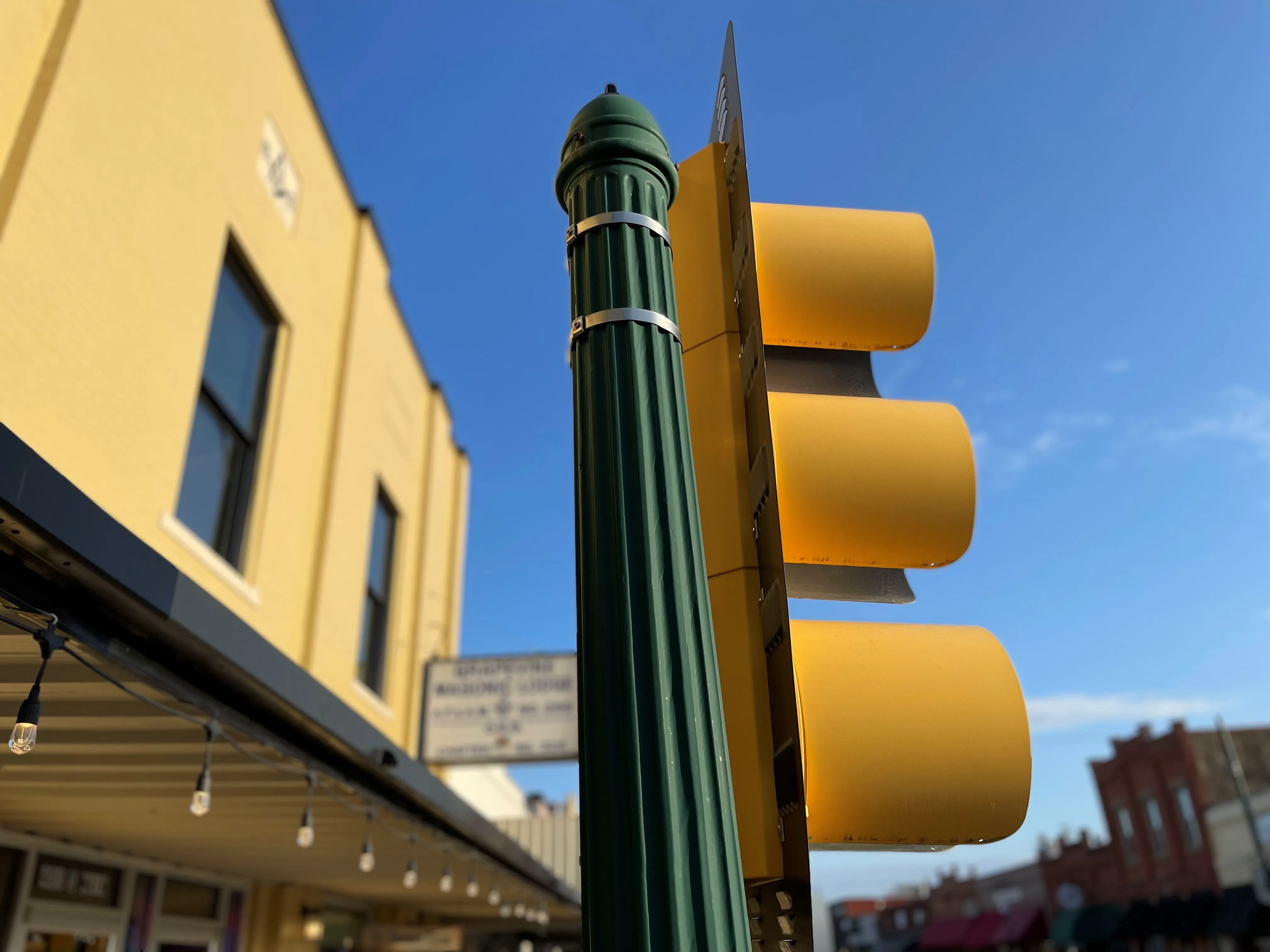
Lyt is to implement its transit signal prioritisation (TSP) system - Lyt.transit - in Salem, Oregon, covering 22 signalised intersections.
Salem Area Mass Transit District, commonly known as Cherriots, provides paratransit, ride-share and fixed route services.
Lyt says the TSP system "will allow buses to communicate with Salem traffic signals and provide optimised green lights for buses running behind schedule, allowing them to move more efficiently".
Tim Menard, CEO and founder of Lyt, says: “Our transit priority solutions today are serving as a new benchmark for the way in which cities leverage data, technology and AI in a budget-conscious method to reduce the flow of traffic and also the ways in which machine learning can quickly adapt to new traffic patterns.”
The solution harnesses the power of an edge device installed in traffic management centres to enable transit vehicles to speak directly to networked traffic signals through Lyt's cloud platform.
Transport agencies have access to Lyt's Transit Insights Platform, which tracks 100 performance metrics in real time, such as red-light delay, green light prioritisation success, and route performance by bus stop.
Diane Grant, president of Lyt’s local integration partner Coral Sales Company, comments: "The positive effects of Lyt's adaptive solution includes reduced emissions through increased ridership and consistent mobility, benefiting all members of the community.”








